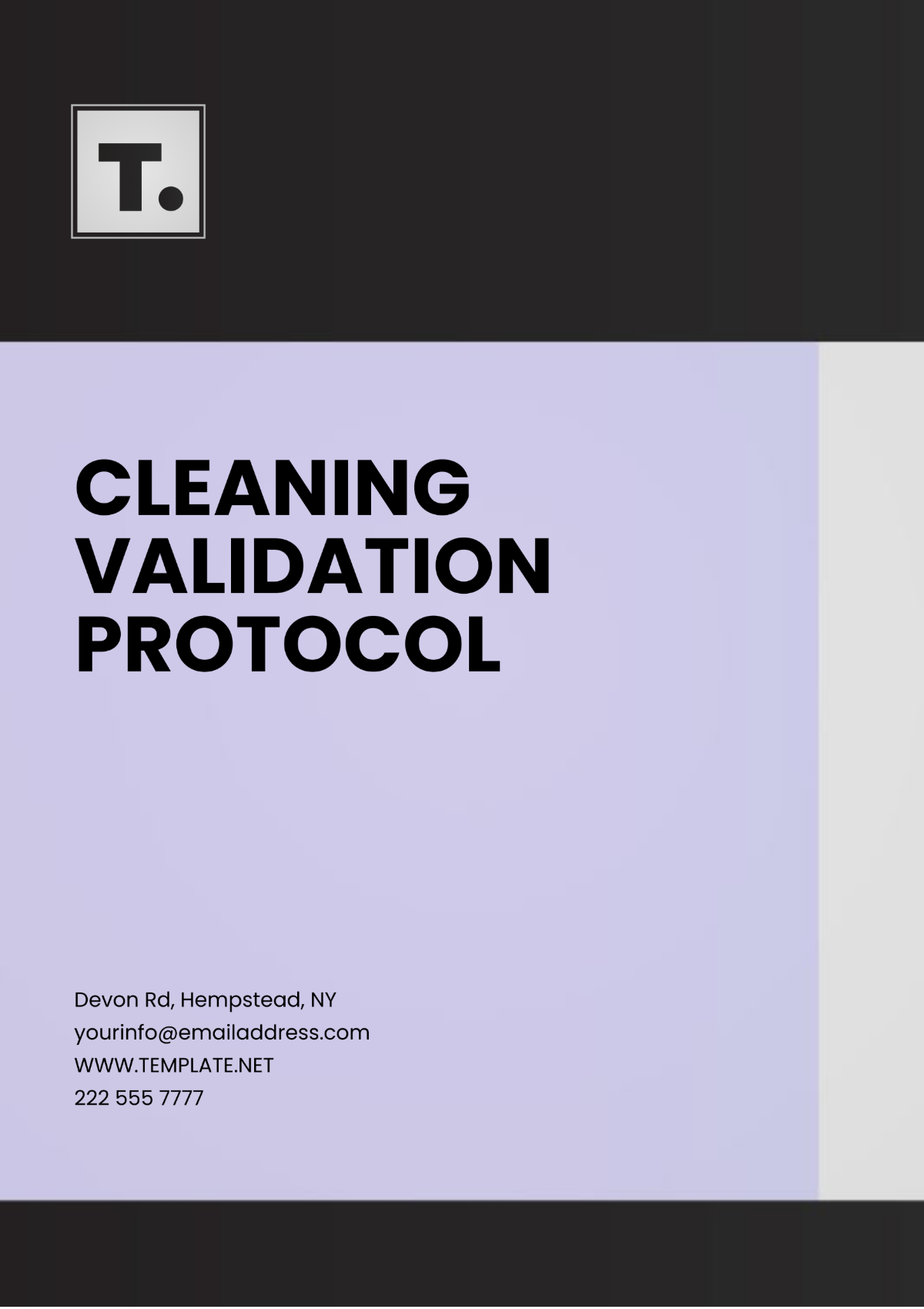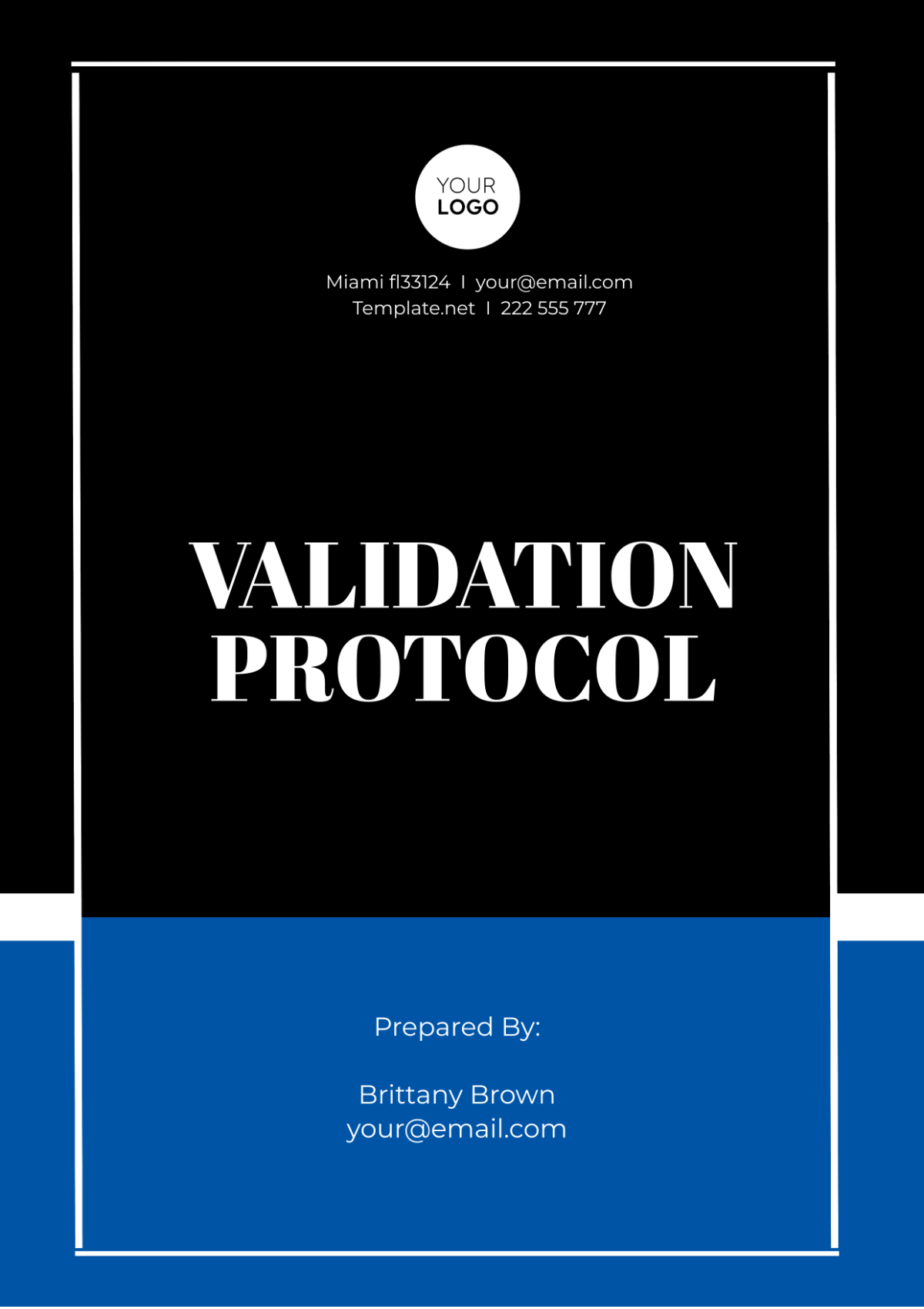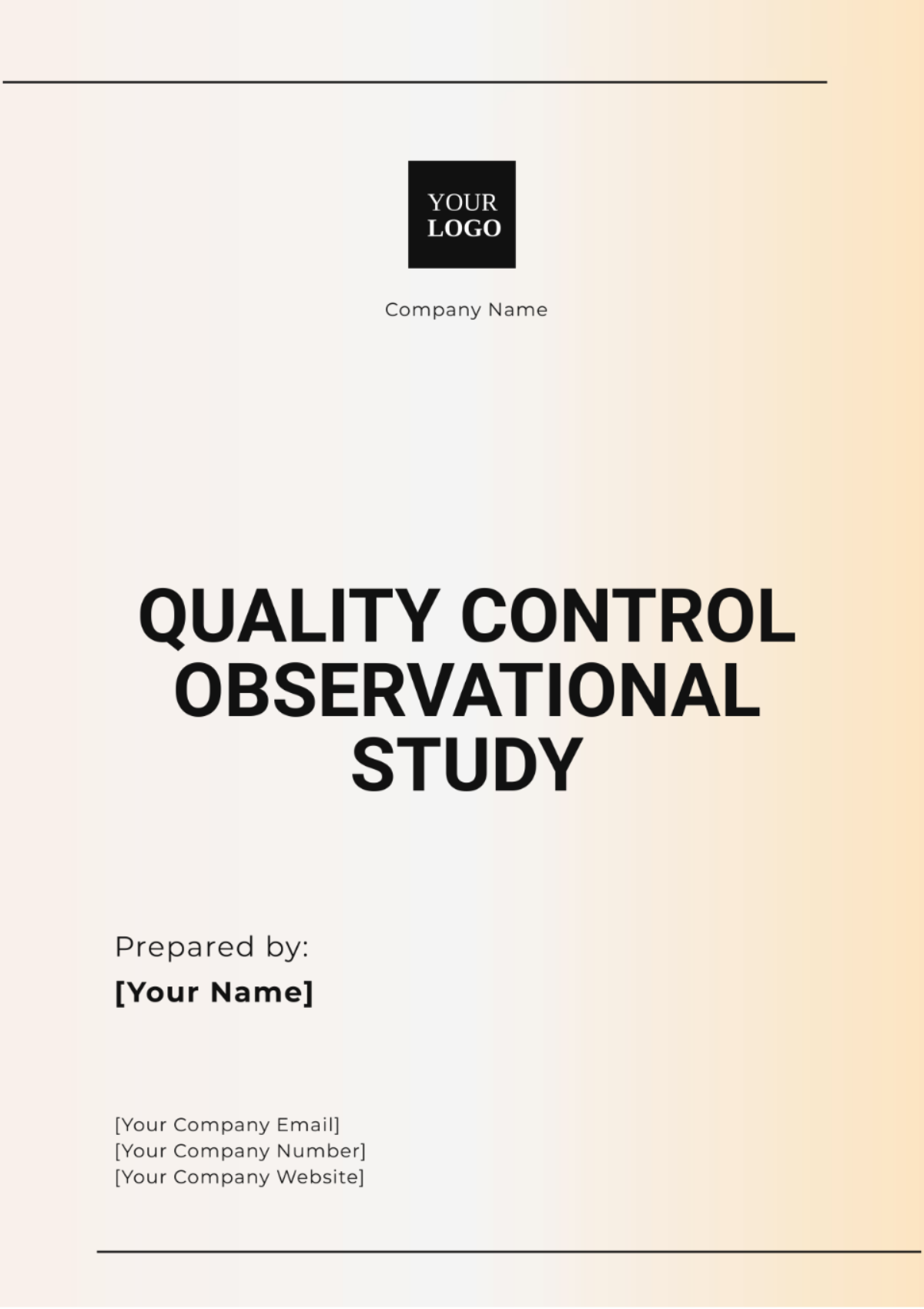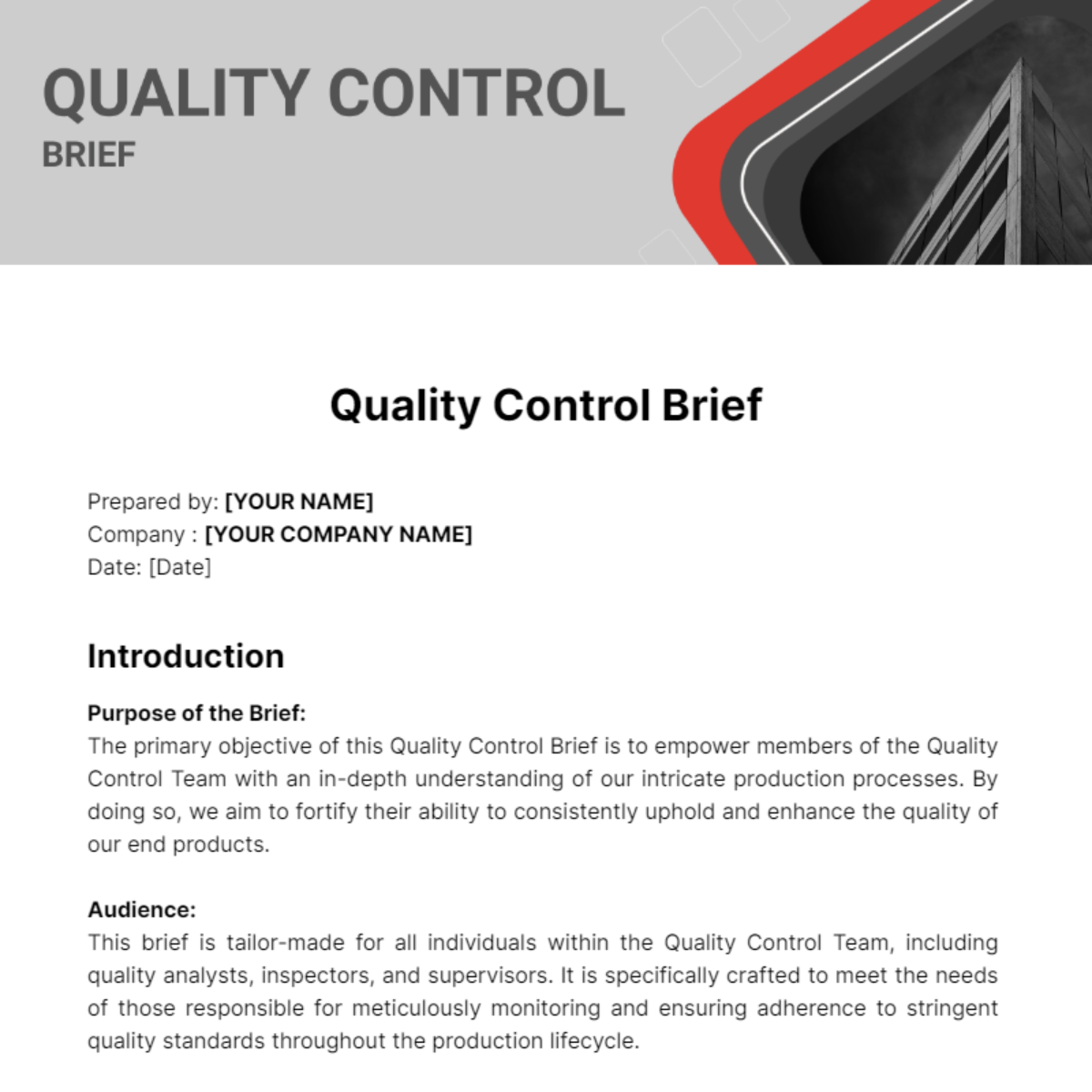Total Quality Management Methodology
1. Introduction
This Total Quality Management (TQM) Methodology document outlines a systematic approach for enhancing quality and efficiency within [Your Company Name]. It provides a framework for implementing TQM principles across all organizational processes to drive continuous improvement, ensure customer satisfaction, and foster a culture of excellence.
2. Quality Policy
The organization is dedicated to achieving the highest standards of quality in every facet of operations. The quality policy focuses on continuous improvement, exceeding customer expectations, and engaging all employees in the pursuit of quality excellence.
Key commitments include:
Consistent delivery of high-quality products and services
Ongoing evaluation and improvement of processes
Promoting a culture of quality across the organization
3. Organizational Structure
The TQM implementation is supported by a well-defined organizational structure, detailed in the table below:
Role | Responsibilities |
|---|---|
TQM Coordinator | Oversees the implementation of TQM principles and practices. |
Quality Manager | Manages quality-related activities and initiatives. |
Department Heads | Represent various departments including Production, Customer Service, and R&D. |
Each role is responsible for overseeing specific aspects of the TQM process and ensuring alignment with quality goals.
4. Process Improvement
The organization utilizes a range of techniques and tools to enhance processes:
Root Cause Analysis: Identifies and addresses the underlying causes of quality issues to prevent recurrence.
Process Mapping: Visualizes and analyzes workflows to identify inefficiencies and areas for improvement.
Statistical Process Control (SPC): Monitors and controls processes through statistical methods to maintain quality standards.
Benchmarking: Compares processes and performance against industry best practices to drive improvements.
5. Customer Focus
To ensure that customer expectations are met and surpassed, the organization implements:
Customer Feedback Systems: Collects and analyzes feedback to understand and address customer needs.
Customer Satisfaction Surveys: Regularly survey customers to gauge their satisfaction and identify areas for enhancement.
Service Quality Standards: Establishes clear standards for service delivery to ensure consistent and high-quality customer experiences.
6. Employee Involvement
Recognizing the critical role of employees in achieving quality goals, the organization’s initiatives include:
Training Programs: Provides employees with the skills and knowledge necessary to contribute to quality improvement efforts.
Quality Circles: Forms groups of employees who regularly meet to discuss and resolve quality-related issues.
Employee Recognition Schemes: Acknowledges and rewards employees who make significant contributions to quality improvement.
7. Measurement and Evaluation
The effectiveness of TQM initiatives is measured and evaluated through:
Performance Metrics: Tracks key performance indicators (KPIs) to assess the impact of quality improvement activities.
Quality Audits: Conducts regular audits to ensure compliance with quality standards and identify areas for improvement.
Regular Reviews: Reviews processes and outcomes periodically to assess effectiveness and make necessary adjustments.
8. Continuous Improvement
To foster a culture of continuous improvement, the organization engages in:
Regular Process Reviews: Continuously evaluates and refines processes to enhance efficiency and quality.
Innovation Workshops: Encourages creative thinking and problem-solving to drive innovative improvements.
Feedback Mechanisms: Implements systems to capture and act on feedback from employees, customers, and other stakeholders.
9. Conclusion
In conclusion, this Total Quality Management (TQM) Methodology outlines a comprehensive approach to improving quality and operational efficiency across the organization. By emphasizing continuous improvement, customer satisfaction, and active employee involvement, the methodology aims to foster a culture of excellence and achieve superior results. Commitment at all levels is essential for effectively implementing TQM principles and ensuring long-term success.






